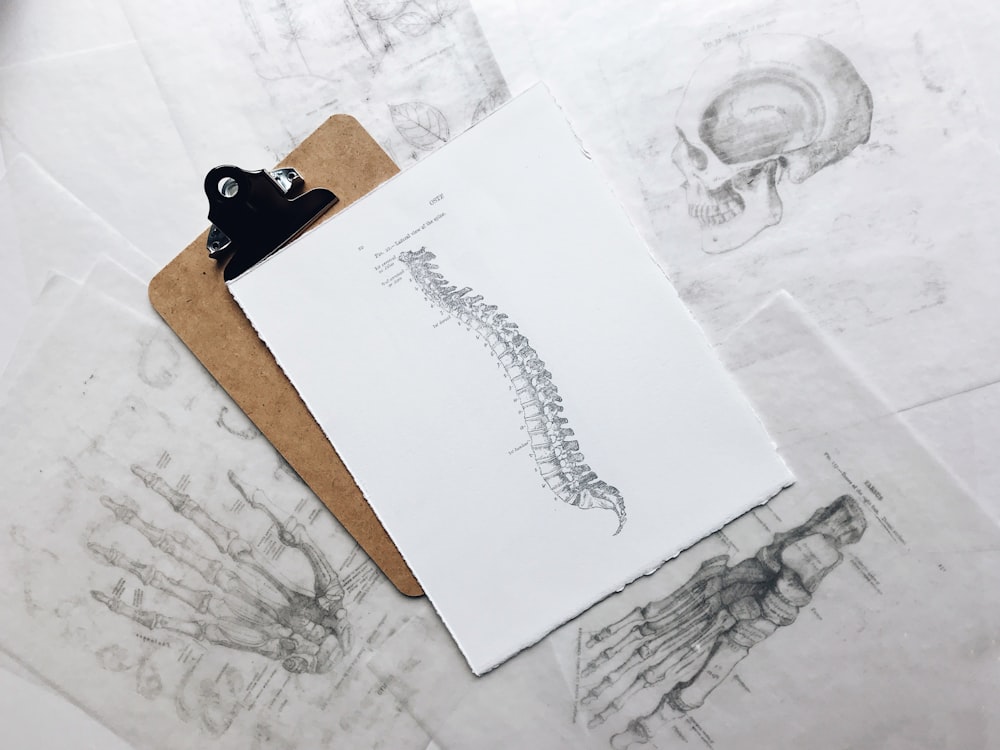目次
歩行時に椎体にはどのくらいの負荷が加わるの?歩行器使用で椎体への負荷は減少する?
脊椎体骨折例のリハビリテーションを進める中で問題となることが多いのが疼痛です.
コルセットを装着した上で廃用症候群予防を目的にリハビリテーションを進めるわけですが疼痛が遷延してリハビリテーションの進行に難渋する症例も少なくないと思います.
離床を進めるうえでは椎体に加わる負荷を考慮する必要があります.
今回は歩行時に椎体にはどのくらいの負荷が加わるのか,また歩行器使用で椎体への負荷は減少するのかを考えるうえで参考になる論文をご紹介させていただきます.

今回ご紹介する論文
Gait Posture. 2014 Feb;39(2):750-5. doi: 10.1016/j.gaitpost.2013.10.010. Epub 2013 Oct 19.
Loads on a vertebral body replacement during locomotion measured in vivo
A Rohlmann 1, M Dreischarf 2, T Zander 2, F Graichen 2, G Bergmann 2
Affiliations expand
PMID: 24211089 DOI: 10.1016/j.gaitpost.2013.10.010
今回ご紹介する論文は2014年に掲載された論文です.
研究の目的
Walking is one of the most important activities in daily life, and walking exposes the spine to a high number of loading cycles. Little is known about the spinal loads during walking. Telemeterized spinal implants can provide data about their loading during different activities. The aim of this study was to measure the loads on a vertebral body replacement (VBR) during level and staircase walking and to determine the effects of walking speed and using walking aids.
歩行は日常生活で最も重要な活動の1つであり,歩行は脊椎を多くの負荷にさらすことになります.
歩行中の脊椎の負荷についてはほとんど知られておりません.
テレメータ化された脊椎インプラントは,様々な活動中の負荷に関するデータを提供することが可能となります.
この研究では平地歩行および階段歩行時の人工椎体(VBR)に対する負荷を測定し,歩行速度と歩行補助具の使用による影響を明らかにすることを目的としております.
研究の方法
Telemeterized VBRs were implanted in five patients suffering from compression fractures of the L1 or L3 lumbar vertebral body. The implant allows measurements of three force and three moment components. The resultant force on the VBR was measured during level and staircase walking, when walking on a treadmill at different speeds, and when using a wheeled invalid walker or crutches.
L1またはL3腰椎体の圧迫骨折を受傷した症例5例にテレメータ付きVBRを植え込んでおります.
このインプラントによって3方向の力と3方向のモーメント成分の計測が可能となります.
人工椎体にかかる力は,平地歩行と階段歩行,トレッドミルでの異なる速度での歩行,および車輪付きの歩行器や松葉杖を使用したときに測定しております.
研究の結果
On average, the resultant force on the VBR for level walking was 171% of the value for standing. This force value increased to 265% of the standing force when ascending stairs and to 225% when descending stairs. Walking speed had a strong effect on the implant force. Using a walker during ambulation on level ground reduced the force on the implant to 62% of standing forces, whereas using two crutches had only a minor effect.
平均して平地歩行時の人工椎体にかかる力は,立位時の値の171%でありました.
この力の値は階段昇降時には立位時の265%に,階段降下時には225%に増加しました.
歩行速度はインプラントに強い影響を与えておりました.
平地歩行で歩行器を使用した場合,インプラントにかかる力は立位時の62%に減少しましたが,松葉杖を2本使用した場合はわずかな影響しかありませんでした.
研究の結論
Walking causes much higher forces on the VBR than standing. A strong force reduction can be achieved by using a walker.
歩行は立位よりもはるかに大きな力を人工椎体に作用させることが明らかとなりました.
また歩行器を使用することで強い力を減少させることが可能になることが明らかとなりました.
今回は歩行時に椎体にはどのくらいの負荷が加わるのか,また歩行器使用で椎体への負荷は減少するのかを考えるうえで参考になる論文をご紹介させていただきました.
歩行時には立位の1.7倍の力が椎体に加わるということになりますね.
また歩行器を用いると椎体に加わる力をかなり軽減できるというのも興味深いですね.
脊椎椎体骨折例に対してリハビリテーションを行ううえで非常に参考になる論文ですね.






